Smart Living and Home Automation
The Department of Integrated Circuit Design was engaged in home automation since 1996. Our developments since then include devices like freely programmable control units (JControl / Colibree) or modules for communication over power supply lines (PL132).
JControl
JControl is an efficient low profile JAVA environment consisting of a Virtual Machine (JControlVM) and a special class library, which can be implemented on single chip systems. With its low hardware requirements, JControl enters into a category of devices which were previously programmable only in low level languages, mainly assembler.
The core feature of the JControl platform is its flexibility. It can equally well handle graphical user interfaces and – with its real time capabilities – controlling tasks. The Java language with the JControl class library and an integrated development environment – the JControl/IDE – strongly simplify the application development process.
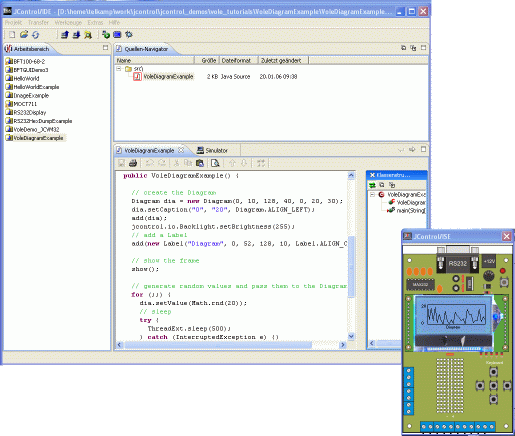
Figure 1:The JControl/IDE
JControl is already applied in a number of commercial products and is used by several thousand users worldwide. The most successful product is the JControl/SmartDisplay, a freely programmable graphical monochrome display with a resolution of 128x64. More information on the JControl technology and product line can be found at http://www.jcontrol.org.
Communication Technologies
In addition, we are working with communication networks for home automation applications. Compared to conventional PC networks, the requirements are much different: We have to consider characteristics like purchase costs, power consumption or installation effort.In this context, we are developing communication modules (BCU = Bus Coupling Units), used to integrate domotic devices into home automation networks. We are working with Konnex or ANSI/EIA709.
EU Research Project ASK-IT
(Gerrit Telkamp)
ASK-IT is the short form of Agents for Knowledge-based and Integrated Services for Mobility Impaired Users. The goal of this project is the development of technical devices, information facilities and services for impaired persons and their implementation in 7 European cities.
Our responsibility in this project, which is carried by the European Union, lies in domotics and the development of controls for home appliances.
In depth information is available on the project’s website http://www.ask-it.org.
PLAnalyzer: Power Line Communication Analyzer (2002)
(Gerrit Telkamp, Helge Böhme, Wolfgang Klingauf)
- The PLAnalyzer is a distributed system for controlling the quality of Power Line based communication systems.
- Uses a JControl display device for implementing an easy to use interface.
- A second system – integrated into the same case – based on a 8052 CPU is acting as a Power Line modem.
- 2 to 9 PLAnalyzer can easily form a wide number of testing scenarios.
- The entire software was implemented in Java.
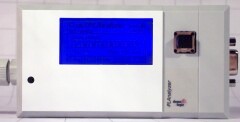
Figure 2: PLAnalyzer, Screenshot of the GUI
Development of an Embedded System for Video Intercoms (2001-2002)
(Gerrit Telkamp, Helge Böhme, Wolfgang Klingauf)
- Hard- and software for a door intercom with video capabilities were developed in a cooperation between E.I.S. and DOMOLOGIC Home Automation GmbH.
- Core of the system is a Colibree with 4MB DRAM, 2MB FLASH, EEPROM, RTC as well as an FPGA that covers some of the system’s I/O functionality.
- The door of a house is entirely controlled from a terminal located inside.
- Digitized PAL video from a camera located outside the house is streamed to a terminal.
- The intercom’s user interface is modeled by XML descriptions and can be easily replaced.
- Currently is available on the commercial market by third-party manufacturers
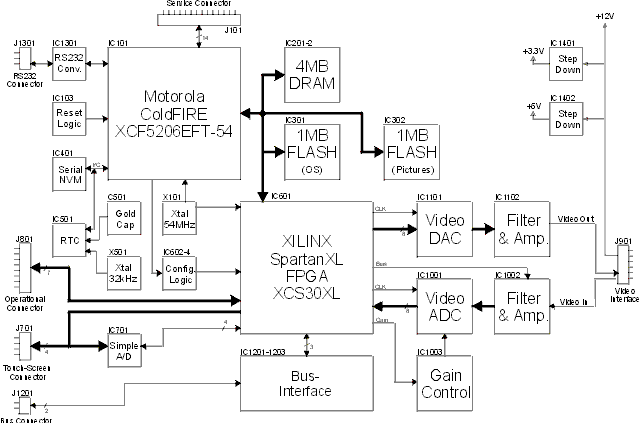
Figure 3: Colibree Floorplan
Colibree: An Embedded Linux Device for Internet and Multimedia Application (1999-2005)
(Gerrit Telkamp, Wolfgang Klingauf)
- The Colibree (Coldfire Linux Brisk Embedded Engine) is a universal development platform for embedded systems based on the Freescale Coldfire CPU family.
- As operating system uCLinux – a special Linux variant for processors without Memory Management Unit – is used.
- Long duration and low power consumption through not using any movable parts.
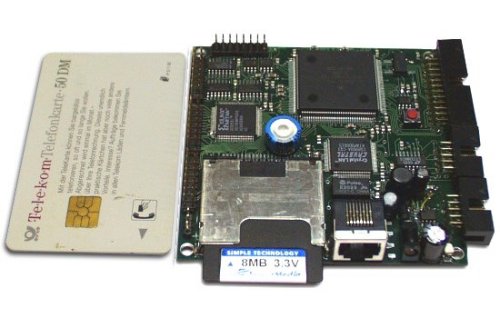
Figure 4: Colibree Prototype
EU Research Project: HOME-AOM (1998-2000)
(Gerrit Telkamp)
- HOME-AOM (Home applications Optimum Multimedia / multimodal system for Environment control) was a research project to develop multimedia systems for controlling home appliances. It was part of the EU carried research program TAP-DE (Telematics Application Program – Disabled and Elderly).
- The main goal was to realize various types of human machine interfaces especially designed with impaired persons on mind. Examples are voice and gesture recognition systems.
- The HOME-AOM system defined an open architecture for easy integration of additional devices.
- Devices were connected via the power supply line using Power Line technology.
- Main control unit was a mobile personal computer.
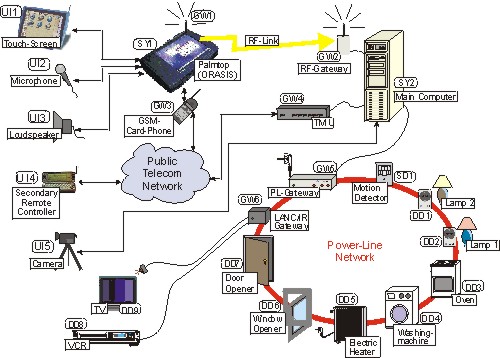
Figure 5: System Integration in the HOME-AOM Project
EXPO Project “The Intelligent House” (1997, 2000)
(Gerrit Telkamp)
- Cooperation between E.I.S. and DOMOLOGIC Home Automation GmbH for the EXPO 2000 in Hannover.
- 6 houses have been equipped with home automation technology for increasing in house security and supplying information on various home appliances to the inhabitants.
- The embedded Linux system Colibree was used as a central info terminal.
- Communication between devices via Power Line
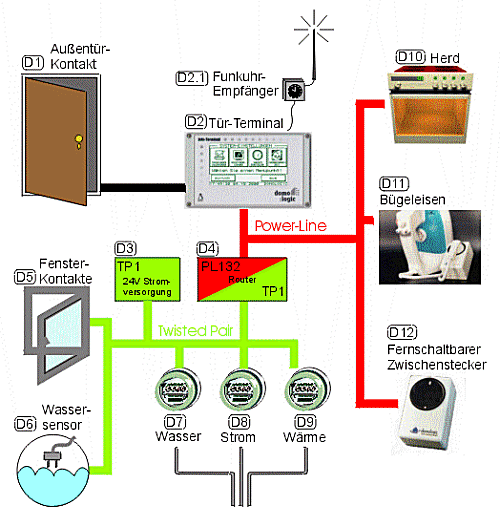
Figure 6: The Intelligent House in Gifhorn
Intelligent Living:Handicapped
and Senior Living in Gifhorn
(Gerrit Telkamp, cooperation with ATICON, 1997)
Today, microprocessors can be found in almost every electrical device of daily live. This tendency is due to the continuous price reduction in semiconductor technology. In addition to the price advantage, the small electronic helpers offer an almost complete absence of deterioration, more reliability, and a much larger amount of functionality. For the end user, this means a surplus of comfort and security at a lower price.
In every household, many small and independent microprocessor systems control washing machines, telephones, heating systems, TVs, and even coffee machines or toasters. By the interconnection of the systems distributed in many rooms, comfort and security can be increased and cost reduced: power management, remote control, and device diagnosis, an improvement of the man-machine interface, or the integration of a warning system. For this development, the notion of Home Automation has been established in recent years.
To make products of different suppliers interconnectable, a communication standard is required which is independent of devices and suppliers. During the last ten years, three communication standards have been introduced in Europe for household communication: the European Home System Network EHS, the European Installation Bus EIB from Germany, and the French BatiBUS.
Since 1996, developments in the area of Home Automation are conducted at the Department E.I.S. in coorperation with the Brauschweig company ATICON. Within this corporation, e.g., small communication modules for power line communication were developed, which use the 230V power supply net as a data carrier. Moreover, the extensive EHS protocol has been implemented for a microcontroller. The work has enabled first communicating household devices, among them washing machine, dish cleaner, heating, and refrigerator.
In cooperation with the Gifhorner Wohnungsbaugenossenschaft, the company ATICON Home Automation GmbH, the company Miele, and the Institut für Elektrische Meßtechnik und Grundlagen der Elektrotechnik (Prof. Varchmin), the Department E.I.S. has participated in the development of devices for senior living (geronto technique).
In this concept, the increase of security was dominant. An LC display as a door terminal (Figure 7) warns the inhabitant when leaving his department if not all windows are closed, if the heating is still turned on, or if the ironing is still in operation.
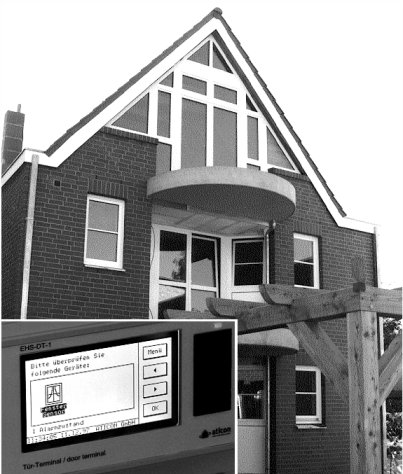
Figure 7: Modern interconnected senior appartments in Gifhorn; the door terminal warns when leaving the appartment with open windows, turned on consumers etc.
A bathroom sensor controls and announces overflowing water on the floor. Moreover, the inhabitants may control the state of all connected devices on a TV monitor and may switch and dim electrical appliances by remotely controllable intermediate plugs. To ease the installation of a system, all components communicate via 230V power line.